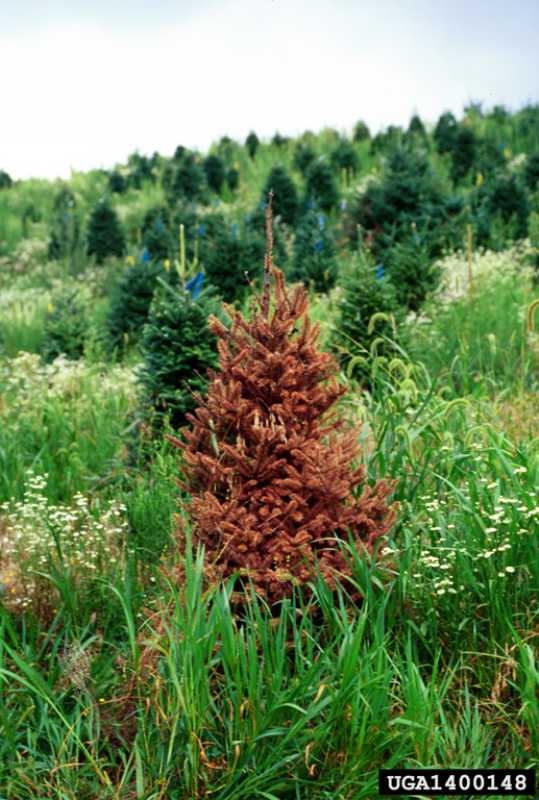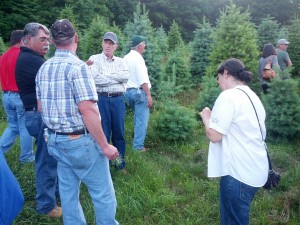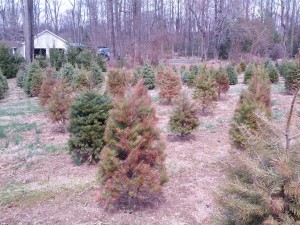
Tim Waller (Cumberland Co.) and Bill Errickson (Monmouth Co.) of Rutgers Cooperative Extension are looking for 30 conifer producers to collaborate in a statewide Phytophthora sampling project, as part of a Specialty Crop Block Grant. This study will focus on identifying the species of Phytophthora limiting conifer production in New Jersey.
- If your operation is selected, the agents will schedule one to three visits this growing season to collect samples from roots, bark, soil, irrigation systems, and will perform soil testing (Year 1).
- During years 2 and 3, we will be performing chemical, biological, and cultural disease management trials in addition to conifer variety trials, at Rutgers-NJAES experiment stations. The aim is to generate local data – using local isolates in order to develop a more wholistic set of recommendations when targeting this disease in our NJ nurseries.
The agents also look forward to developing stronger relationships throughout New Jersey in the post-COVID19 era
This project is open to nurseries and Christmas tree farms producing conifers in NJ
If you are interested in this project – please respond via this brief survey (click here)
Please print and share this PDF survey with anyone not online (click here)
Please contact Tim Waller – twaller@njaes.rutgers.edu – (856-451-2800) – for more information


